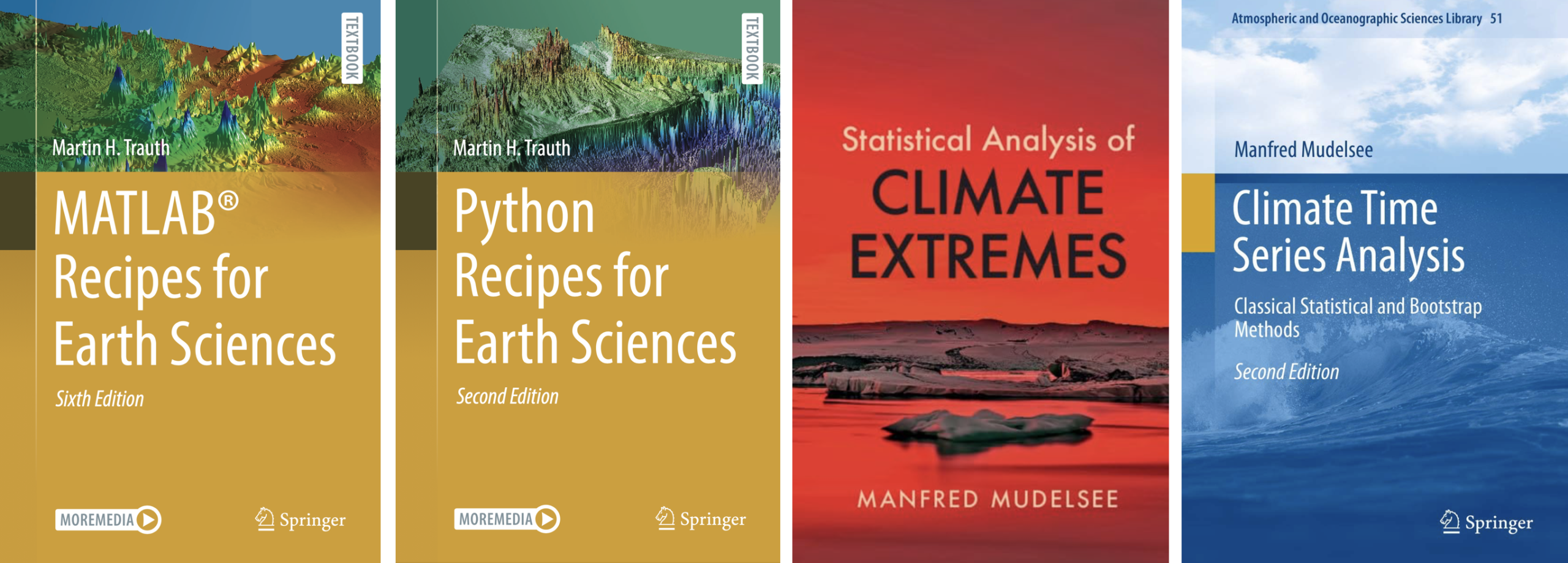PROTECT YOUR DNA WITH QUANTUM TECHNOLOGY
Orgo-Life the new way to the future Advertising by AdpathwayAtlantic Niña is a natural climate pattern characterized by cooler-than-average sea surface temperatures in the eastern equatorial Atlantic Ocean, appearing predominantly in June-August. It is considered the ‘cold phase’ of the Atlantic Zonal Mode, the leading mode of tropical Atlantic sea surface temperature variability in June-August, similar to how La Niña is the cold phase of the El Niño-Southern Oscillation (ENSO) in the Pacific. While not as globally impactful as its Pacific cousin, it has been shown that Atlantic Atlantic Niña/Niño can significantly influence the Atlantic hurricane season (Kim et al. 2023; Wang et al. 2024).
A new study published in npj Climate and Atmospheric Science (Kim et al., 2025) further showed that the influence of Atlantic Niña/Niño on tropical cyclones (TCs) is not limited to the Atlantic basin (i.e., hurricanes), but is extended to the western North Pacific basin (i.e., typhoons). Although TCs in the western North Pacific (or typhoons) are greatly influenced by ENSO, during the early typhoon season (June–August), ENSO is in its onset or developing phase and thus is relatively weak. Consequently, the drivers of interannual variability in early-season typhoon activity are less understood. Kim et al. (2025) showed that Atlantic Niño/Niña significantly influences early-season typhoon activity.
Specifically, Atlantic Niña produces anomalous upper-level divergence in the tropical western North Pacific, resulting in an increase in low-level relative vorticity and mid-level relative humidity in the tropical western North Pacific, and a decrease in low-level relative vorticity in the subtropical western North Pacific. These environmental conditions lead to an increase in typhoon activity over the tropical western North Pacific and a decrease over the subtropical western North Pacific. Due to the resulting southward shifts in the genesis and track density of typhoons, the risk of landfalling typhoons in countries surrounding the South China Sea, including Vietnam and Philippine, is increased, whereas the risk of landfalling typhoons in far eastern Asia, particularly Korea and Japan, is decreased. These results suggest that Atlantic Niño/Niña may serve as a key predictor for seasonal typhoon activity, especially during ENSO-neutral conditions.
Looking at the latest NOAA satellite images, the signs of 2025 Atlantic Niña onset are becoming clear. The anomalous sea surface temperature plot shows a distinct cooling across the equatorial Atlantic. These cooler temperatures are further supported by depressed sea surface heights, indicating an upward shift of the equatorial thermocline. This combination strongly suggests that enhanced equatorial upwelling is driving the cooling, signaling the likely onset of 2025 Atlantic Niña. While other significant climate drivers like the Pacific Meridional Mode (PMM) also influence typhoon activity, if the 2025 Atlantic Niña persists or strengthens in the coming months, it could play a significant role in shaping this typhoon season.
Figure 2 from Kim et al. (2025): Spatial patterns of anomalous June-August TC genesis (per year) composites during (a) Atlantic Niño and (b) Atlantic Niña. (c) Number of June-August TCs over the subtropical western North Pacific (100°E–160°W, 22.5°N-40°N) during Atlantic Niño (red bar), neutral (gray bar) and Atlantic Niña (blue bar) years. The error bars indicate the 95% confidence level based on a two-tailed Student’s t test. (d–f) Are the same as (a–c) but for ENSO years. Note that TC genesis is spatially smoothed to aid visual comparison. Purple dots indicate significance above the 90% confidence level based on a Student’s t test.
Kim, D., Lee, SK., Lopez, H. West, R. Foltz, GR., Hong, JS & Yeh, SW. (2025). Atlantic Niño increases early-season tropical cyclone landfall risk in Korea and Japan. npj Climate and Atmospheric Science, 8, 240. https://doi.org/10.1038/s41612-025-01112-x
Kim, D., Lee, SK., Lopez, H. Foltz, GR., Wen, C., West, R. & Dunion, J. (2023). Increase in Cape Verde hurricanes during Atlantic Niño. Nature Communications, 14, 3704. https://doi.org/10.1038/s41467-023-39467-5
Wang, H., Wang, C., & Zhang, L. (2024). Differentiated impacts of central and Eastern Atlantic Niño on Hurricane activity in the tropical North Atlantic. Geophysical Research Letters, 51, e2024GL112178. https://doi.org/10.1029/2024GL112178























 English (US) ·
English (US) ·  French (CA) ·
French (CA) ·